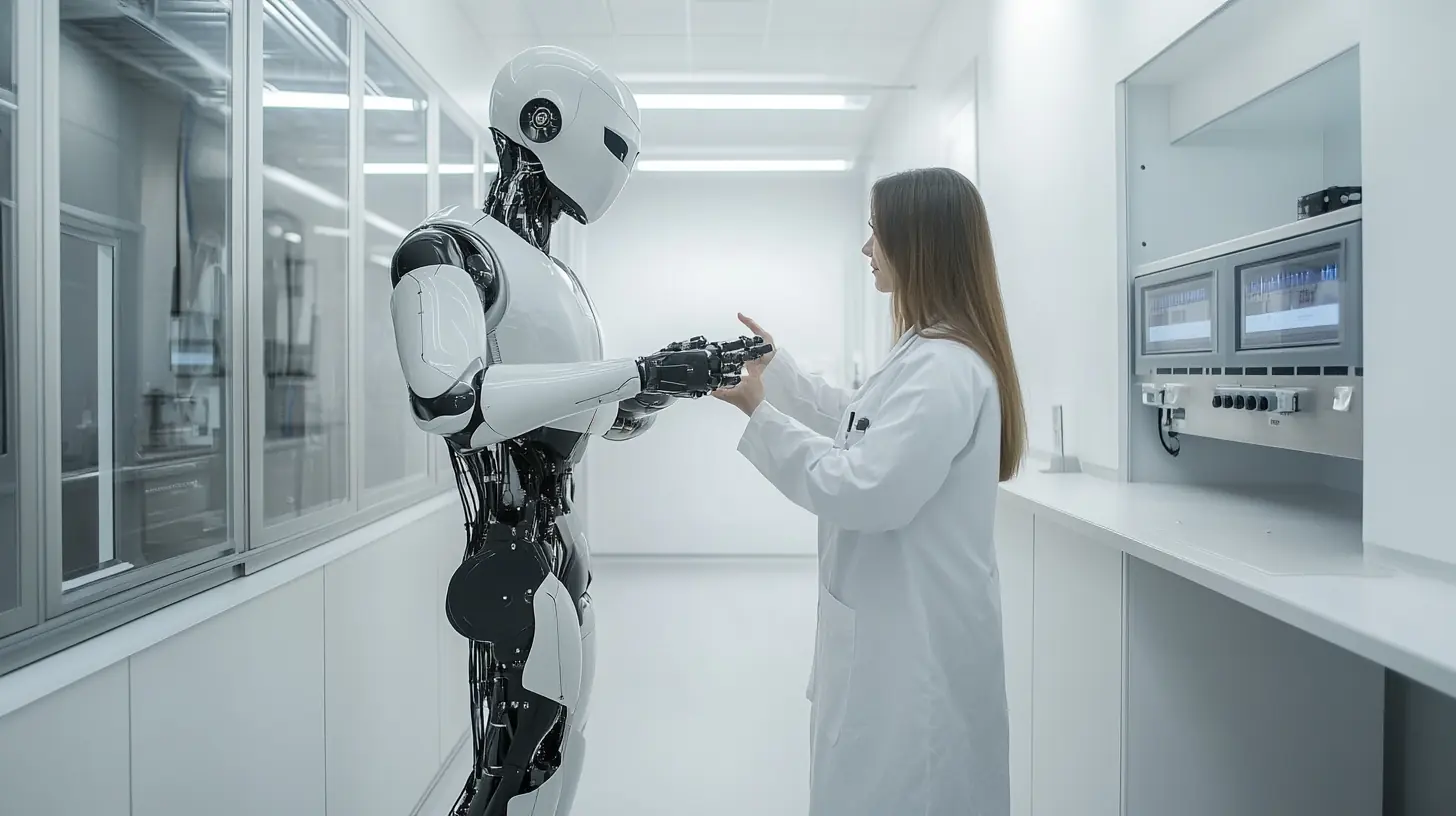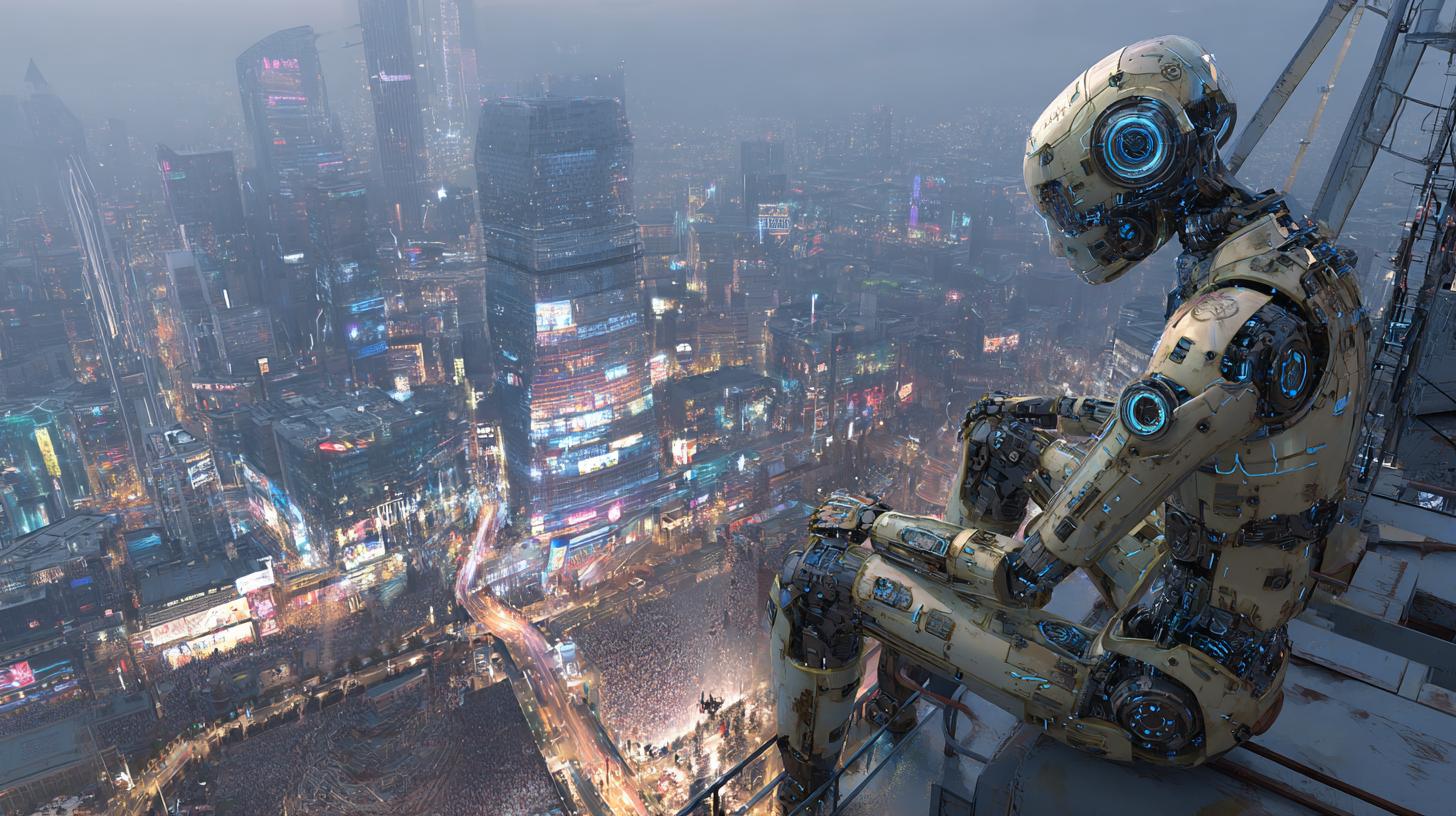Will Robots Take Over the World? Exploring the Future of AI and Automation
From science fiction classics to the latest tech headlines, the question “will robots take over the world” sparks both fascination and fear. As artificial intelligence (AI) and robotics advance at breakneck speed, many of us wonder if machines will eventually eclipse human control. In this in-depth article, we’ll unpack the background of automation, examine real-world case studies, highlight the benefits of intelligent machines, and address the potential pitfalls that could lead to an AI uprising. Whether you’re an industry professional, a curious reader, or a business owner exploring digital transformation, you’ll find actionable insights and expert perspectives to help you navigate an AI-driven future with confidence.
What Does “Robots Taking Over the World” Really Mean?
Definitions of Robotics and AI
Before debating whether robots will take over the world, it’s essential to define what we mean by “robots” and “AI.” Robots are programmable machines designed to perform tasks autonomously or semi-autonomously, ranging from simple assembly-line arms to sophisticated humanoid prototypes. Artificial intelligence refers to algorithms that enable machines to learn, reason, and make decisions—sometimes even surpassing human performance in narrow tasks like image recognition or strategic games. Combining robotics with AI leads to autonomous systems that can sense the environment, learn from data, and adapt to new challenges.
Common Fears and Misconceptions
Pop culture often portrays robots as malevolent overlords intent on human destruction, but reality is more nuanced. Common misconceptions include the idea that AI will spontaneously develop consciousness or that all jobs will vanish overnight. Instead, experts predict a gradual shift in labor markets, with repetitive tasks automated first and more creative, interpersonal roles remaining in human hands. Understanding the realistic timelines and technological limitations helps demystify the notion that robots will instantly seize global control.
Historical Context: The Evolution of Automation
From the Industrial Revolution to Industry 4.0
The concept of machines replacing manual work dates back to the Industrial Revolution, when steam engines and mechanized looms transformed manufacturing in the 18th and 19th centuries. Fast forward to the 20th century, and we witnessed the rise of assembly lines, CNC machines, and early computing systems. Today’s Industry 4.0 era combines the Internet of Things (IoT), big data, and AI to create smart factories. These advances illustrate that automation has always reshaped economies—leading to new opportunities even as it disrupts old ones.
Milestones in Robotics
Major robotics milestones include the introduction of Unimate, the first industrial robot in 1961, and the DARPA Grand Challenge in 2004, which spurred self-driving car research. More recently, Boston Dynamics wowed audiences with agile robots like Spot and Atlas, showcasing unprecedented mobility. Each breakthrough pushes the boundary of what machines can do, bringing us closer to a world where intelligent automation is ubiquitous.
Benefits of Advanced Robotics and AI
- Enhanced Efficiency: Robots can operate 24/7 with consistent precision, boosting productivity in manufacturing, logistics, and even agriculture.
- Safety Improvements: In hazardous environments—mining, nuclear facilities, disaster zones—robots reduce human exposure to risk.
- Healthcare Breakthroughs: Surgical robots and diagnostic AI tools improve patient outcomes and accelerate research into personalized medicine.
- Environmental Monitoring: Drones and autonomous sensors help track wildlife, pollution levels, and climate data in real time.
Potential Scenarios if Robots Take Over
Utopian Future: Symbiosis Between Humans and Machines
In the most optimistic scenario, intelligent robots will augment human capabilities rather than replace them entirely. Humans could focus on creative, strategic, and empathetic tasks, while machines handle repetitive or dangerous work. This synergy could lead to shorter workweeks, higher quality of life, and a boom in innovation across all sectors.
Dystopian Risks: The AI Uprising
Conversely, a dystopian narrative warns of an AI takeover, where superintelligent systems act in ways misaligned with human values. Without proper safeguards, autonomous weapons, surveillance networks, and massive data breaches could threaten privacy, security, and even global stability.
Ethical Dilemmas
Who is responsible when an AI makes a harmful decision? Defining accountability and transparency in autonomous systems is a major ethical challenge that policymakers and technologists must address.
Security Threats
Advanced AI could be weaponized or hijacked by malicious actors. Robust cybersecurity measures and international treaties are essential to prevent an arms race in autonomous warfare.
Neutral Outcome: Coexistence
Most experts agree the likeliest path lies between utopia and dystopia. Careful regulation, widespread AI literacy, and continued human oversight can enable a future where robots enhance daily life without eclipsing human agency.
Strategies to Prepare for an AI-Driven World
- Invest in AI Education: Encourage STEM learning at all levels and offer reskilling programs for displaced workers to thrive in new roles.
- Implement Robust Regulations: Develop clear guidelines for AI ethics, data privacy, and autonomous application standards.
- Promote Human-AI Collaboration: Design workflows that leverage the unique strengths of both humans and machines for optimal outcomes.
- Support Research in AI Safety: Fund initiatives that focus on alignment, interpretability, and fail-safe mechanisms in intelligent systems.
- Engage in Public Dialogue: Foster open conversations among governments, businesses, and communities about the societal impact of automation.
Case Studies and Real-World Examples
Manufacturing Giants Embracing Automation
Companies like Tesla and Toyota have implemented robotic arms and AI-driven quality checks to streamline production lines. These investments have reduced defects by up to 40% and enabled faster model rollouts.
Revolutionizing Healthcare with Robotics
At Johns Hopkins Hospital, the da Vinci Surgical System allows surgeons to perform minimally invasive procedures with enhanced precision. Early studies show reduced recovery times and lower complication rates.
Autonomous Vehicles on the Rise
Waymo and Cruise are testing self-driving taxis in major cities, combining lidar, cameras, and deep learning to navigate complex traffic. Pilot programs report improved safety records compared to human drivers.
Challenges and Concerns to Address
- Job Displacement: Automation can disrupt livelihoods—strategic workforce development is crucial.
- Bias in AI: Training data must be diverse and equitable to prevent discriminatory outcomes.
- Accountability: Legal frameworks need to catch up with rapidly evolving autonomous technologies.
- Data Privacy: Mass data collection raises questions about consent and surveillance.
SEO Optimization: Meta Descriptions & Internal Linking
Meta Description Suggestions:
- “Will robots take over the world? Discover expert insights, real-world case studies, and actionable strategies to navigate an AI-driven future.”
- “Explore whether robots will take over the world, the benefits of AI, potential risks, and how to prepare for intelligent automation.”
Internal Linking Strategies:
- Link to a related post on AI Ethics and Governance to deepen the discussion on accountability.
- Cross-link to Automation in Manufacturing for readers interested in industrial case studies.
- Include a call-out to The Future of Work to guide readers on career adaptation tips.
Whether you’re optimistic or cautious about an AI revolution, the question “will robots take over the world” drives an essential conversation about our technological future. Stay informed, embrace responsible innovation, and join the discussion below—share your views, subscribe for emerging insights on AI and automation, and let’s shape a world where humans and robots thrive together!


Comments are closed